Architecture is more than just a functional aspect of society; it is a reflection of culture, values, and traditions. The way buildings are designed speaks volumes about the social and cultural fabric of a community. From the layout of cities to individual building designs, cultural information and the physical environment play a significant role in shaping the architectural landscape.
Every culture finds expression through its unique spatial models. The architectural style of different eras and regions captures the essence of the civilization it represents. Materials and technological innovations used in construction give insight into a specific period's culture. Let's delve deeper into the intriguing relationship between building design and culture.
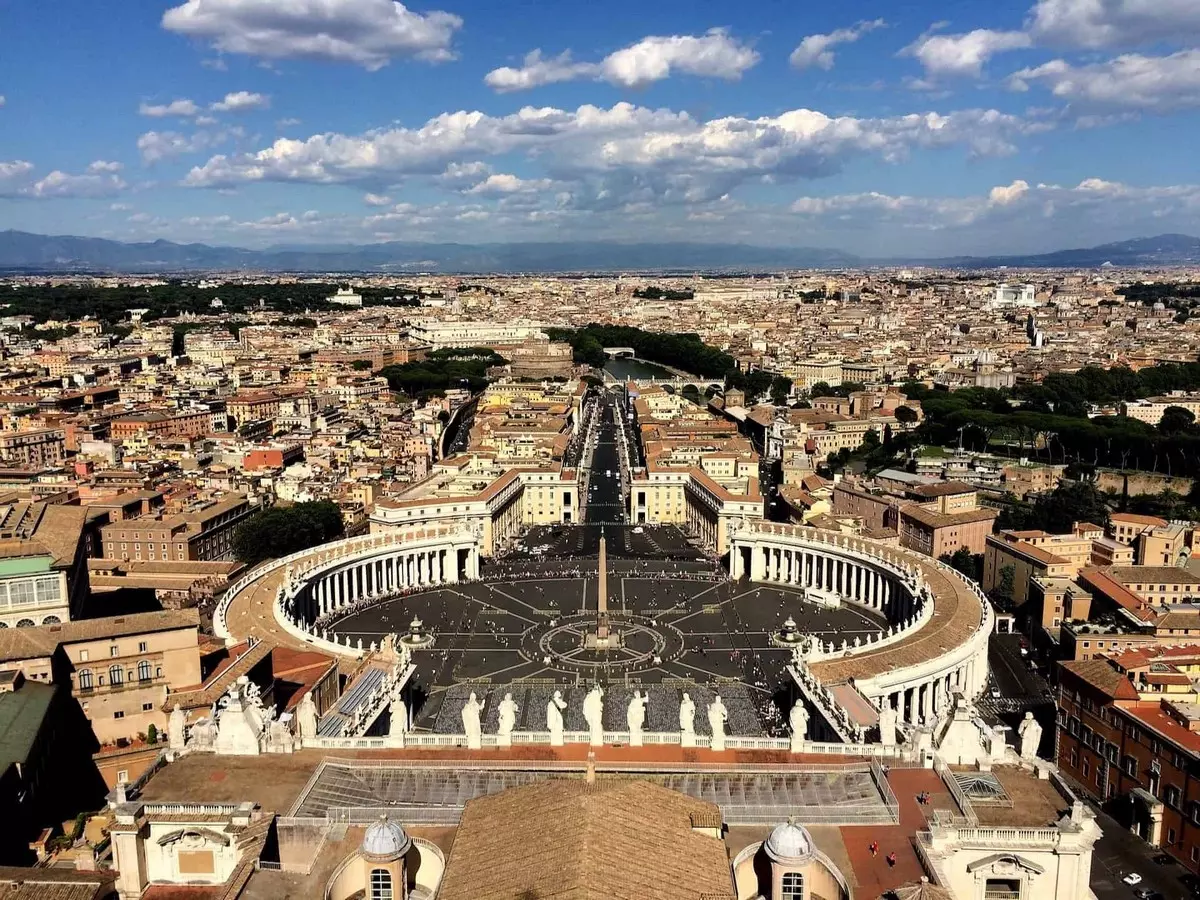 Vatican City- An example of Cultural heritage source
Vatican City- An example of Cultural heritage source
Culture-A Marker For A Civilization | Building Design
Architecture is the canvas on which civilizations leave their mark. The culture of a nation profoundly influences its civilization. For instance, a place prone to volcanic eruptions will have its progress hindered by its geographical characteristics. Culture and technology shape the way people live, and buildings emerge as a manifestation of their way of life and cultural values.
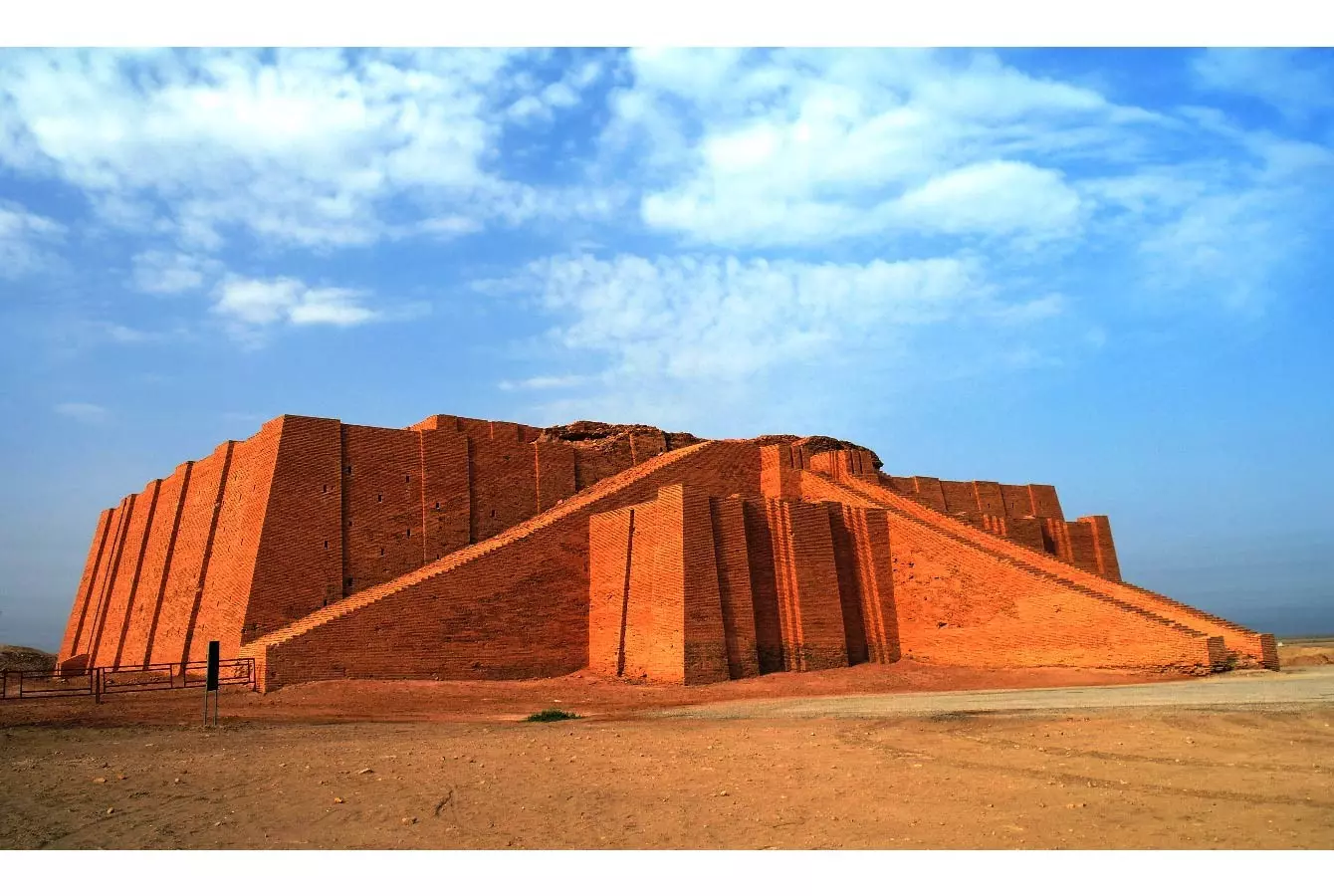 St. Basil Cathedral source
St. Basil Cathedral source
Even the physical structures, like houses and towns, reflect the culture they belong to. The design of houses in Indian villages or the rise of multi-storey buildings in urban areas are clear indications of cultural influences. Language, art, and architecture exemplify cultural expressions that define a community. These aspects of culture shape the architectural landscape and define the character of a place.
 Restored Sumerian ziggurat in the ancient city of Ur source
Restored Sumerian ziggurat in the ancient city of Ur source
Cultural References In History
In some cities, architectural design reflects the local culture, while in others, buildings shape and influence the culture itself. For example, the Egyptian pyramids offer insight into the historical past of the country. The architecture of Mecca, such as the Mosque Al-Ka'aba, has transformed the desert into a profound cultural and religious center.
Architectural wonders like the Taj Mahal, the Khajuraho Temples, the Ajanta Ellora Temples, and the Madurai Temple showcase the cultural references embedded in their design. These structures serve as monumental testaments to their architectural gems.
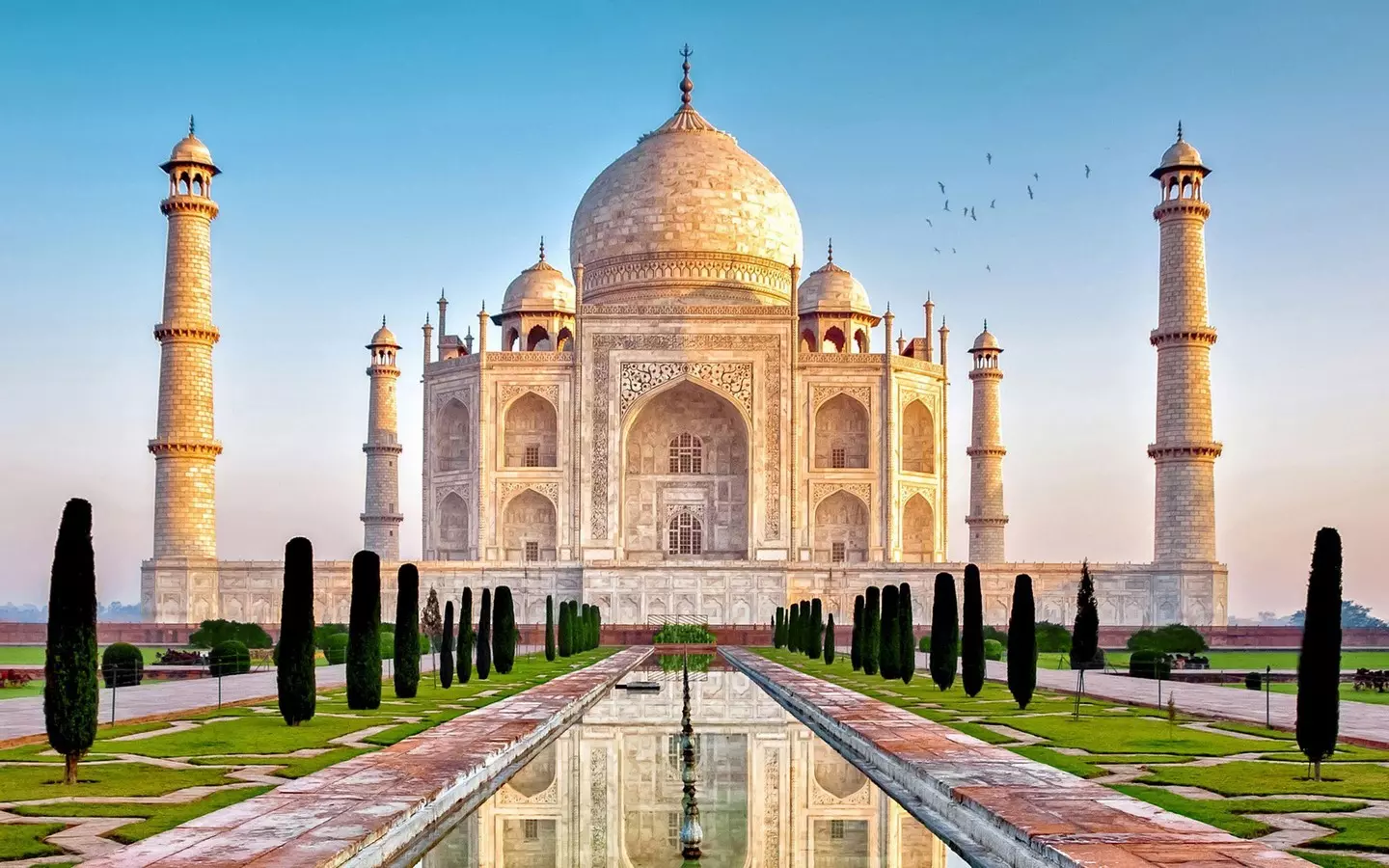 Taj Mahal-An architectural marvel source
Taj Mahal-An architectural marvel source
Architecture reflects the highest aspirations and beliefs of a society. The pyramids of Egypt symbolize the cultural belief in life after death, while the Pantheon in Rome represents the apex of polytheistic belief. Architecture, in this context, is not merely a physical structure but a framework for the expression of civilization.
Role Of Technology | Building Design
Architecture, like culture, is ever-evolving. Building processes, transportation, and materials vary from one country to another and even from one city to another within the same century. Technological progress plays a crucial role in shaping architectural design. New materials and construction methods influence the aesthetics and semantics of buildings.
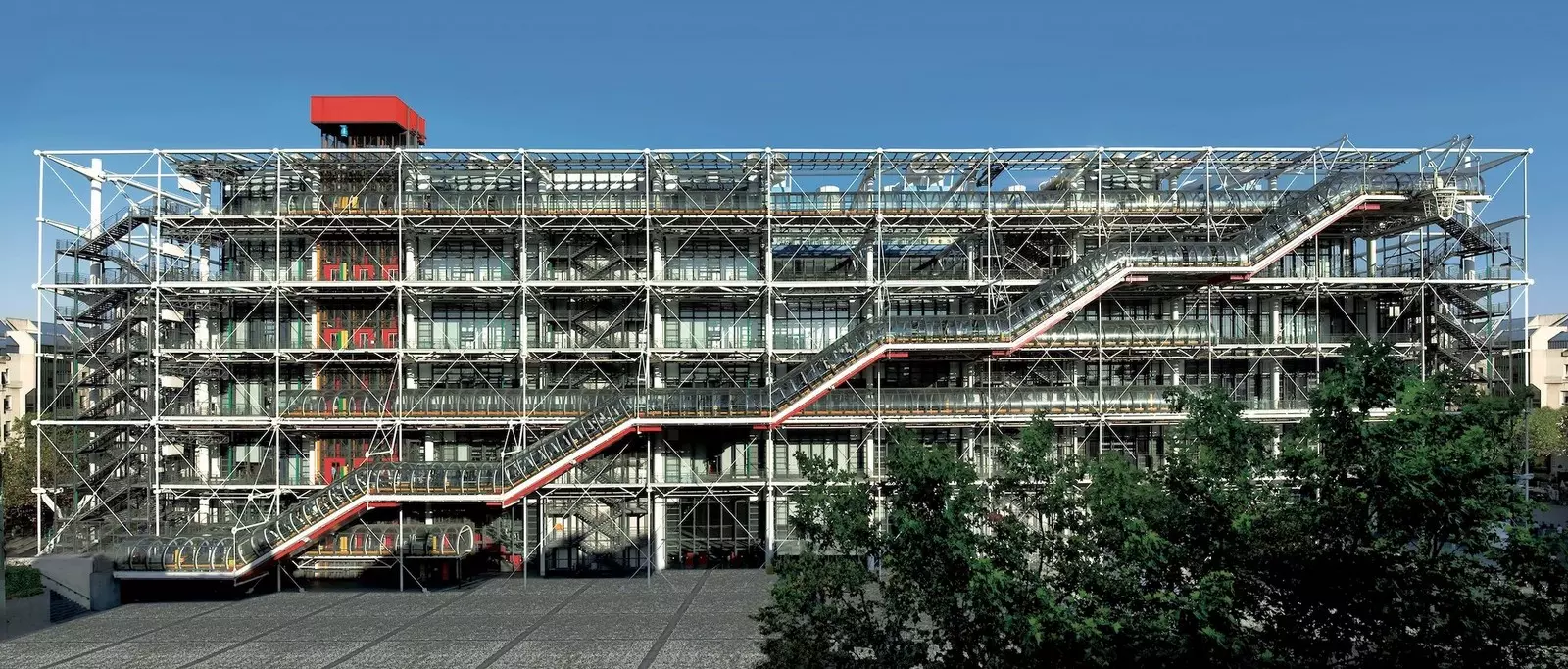 Centre Pompidou by Richard Rogers & Renzo Piano source
Centre Pompidou by Richard Rogers & Renzo Piano source
Technology has significantly impacted culture by constantly shaping and influencing it. The history of architecture is intertwined with advancements in construction methods and materials. Modern architectural trends strive to strike a balance between beauty and functionality, responding to the changing needs of society.
The Blue City of Jodhpur
Culture plays a pivotal role in architectural design, even in contemporary times. The fusion of local culture with modern elements is evident in the "blue city" of Jodhpur, Rajasthan. The cultural practices popular at the time influenced the architecture of residences and places of worship.
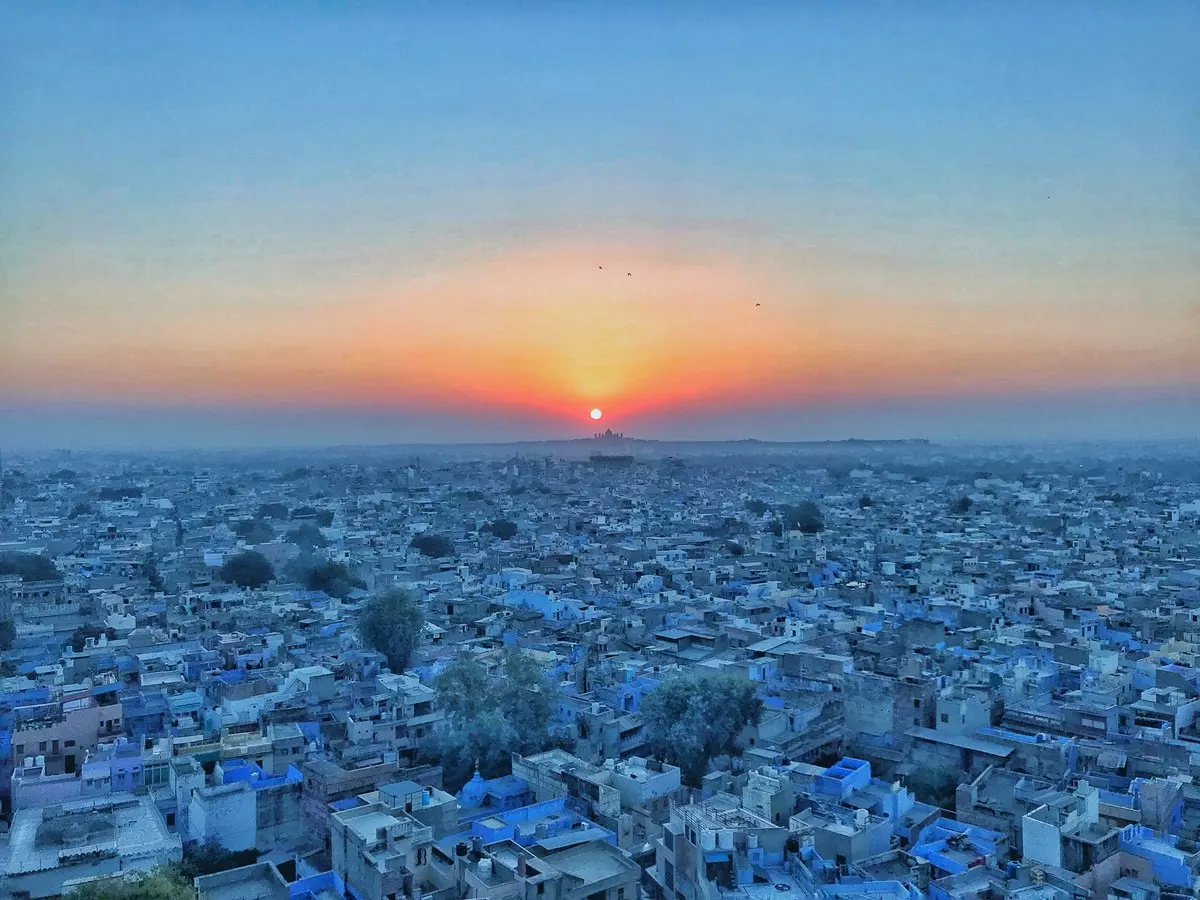 Blue city aerial view source
Blue city aerial view source
The dwellings in Jodhpur exemplify the cultural principle of oneness. Shared foundations and walls connect the buildings, emphasizing unity. The architectural choices are not only influenced by culture but also serve practical purposes such as earthquake resistance and thermal comfort.
Ignorance Towards Culture
Architecture serves as a window to culture, but in some cases, culture is not given due consideration during the design process. The lack of vernacular character in architectural exteriors and details alienates communities and undermines their sense of identity. The challenge becomes more pronounced in urban environments, where design flexibility often takes precedence over cultural context.
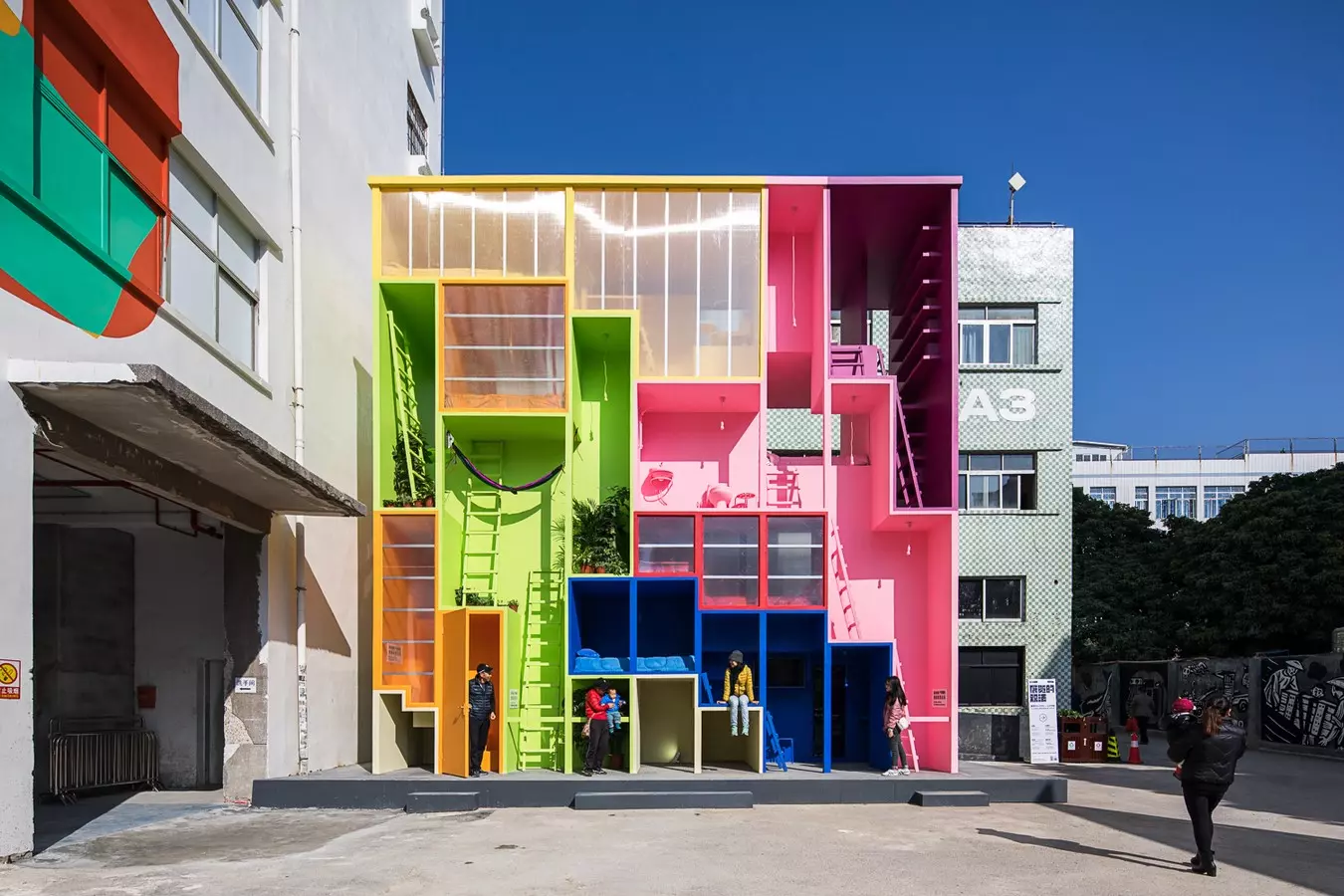 Lost culture of Mumbai source
Lost culture of Mumbai source
Modern Building Design and Culture
Culture remains significant in modern architecture, despite the influence of westernization. Architects continue to draw inspiration from local culture, blending elements from different worlds. Modern buildings often incorporate design influences from the past, connect with the surrounding environment, or pay homage to cultural icons. Adapting to future changes is a design goal, requiring flexibility in construction to accommodate evolving needs.
 MVRDV’s Wego House source
MVRDV’s Wego House source
Modern architecture is not bound by a specific style but focuses on creating functional spaces that cater to the needs of the residents. As we navigate an uncertain future, architects strive to anticipate change and design buildings that can adapt and evolve alongside society.
Conclusion | Building Design
Architecture and culture are intertwined, and buildings are the physical manifestation of a society's values, traditions, and aspirations. Understanding the relationship between building design and culture allows us to appreciate the rich diversity of architectural expressions across the world.
 Mashrabiya - A cultural architectural element source
Mashrabiya - A cultural architectural element source
Architecture is more than just a physical structure; it is an embodiment of human culture and a reflection of our collective identity. By embracing cultural influences in architectural design, we create spaces that resonate with the people who inhabit them, fostering a sense of belonging and celebrating our diverse heritage.
References:
-
Abdel-Azim, G.G. and Osman, K.A.-A. (2018). The importance of cultural dimensions in the design process of the vernacular societies. Ain Shams Engineering Journal, [online] 9(4), pp.2755-2765. doi:10.1016/j.asej.2017.09.005 [Accessed 1 Dec. 2022].
-
Academy PDH (2016). Architecture Reflects Culture - PDH Academy. [online] PDH Academy. Available at: https://pdhacademy.com/2016/03/28/architecture-reflects-culture/ [Accessed 1 Dec. 2022].
-
ZingyHomes. (2019). Relation between Culture and Architecture, Influence of Culture on Architecture. [online] Available at: https://www.zingyhomes.com/latest-trends/architecture-and-culture-relation-influence/ [Accessed 1 Dec. 2022].
-
gharpedia.com. (n.d.). The Relation Between Building Design and Culture! [online] Available at: https://gharpedia.com/blog/relation-between-building-designs-and-culture/#:~:text=Inter%2Drelation%20of%20Culture%20and%20Building%20Design%20(Architecture)&text=The%20culture%20of%20a%20society [Accessed 2 Dec. 2022].









